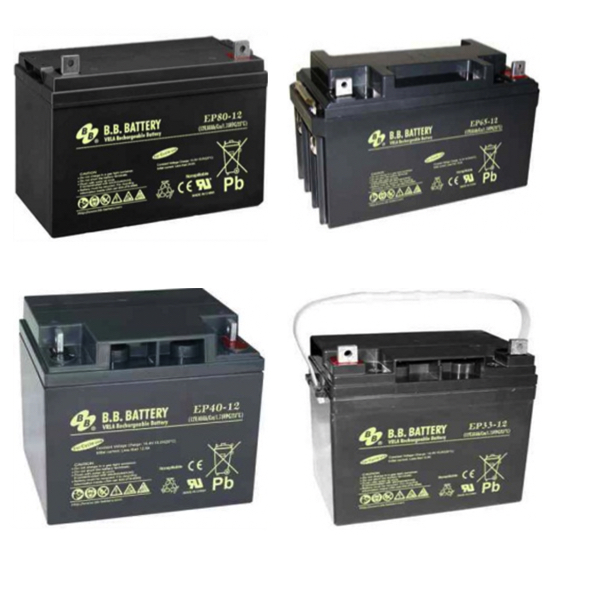Deep Cycle Batteries

Deep cycle batteries are engineered to deliver sustained power over long periods and to withstand repeated charge and discharge cycles. Unlike starting batteries, which provide short bursts of high current, deep cycle batteries are designed for continuous energy output, making them well suited for applications such as marine systems, recreational vehicles, solar power storage, golf carts, and backup power solutions.
These batteries are constructed with thicker internal plates, robust separators, and durable electrical connections to support deep discharges without compromising performance. Common deep cycle battery types include flooded lead-acid, absorbed glass mat (AGM), and gel batteries. Flooded batteries offer proven performance but require routine maintenance, while sealed AGM and gel batteries provide spill-resistant operation with reduced maintenance requirements.
Deep cycle batteries play a critical role in energy storage systems by supplying power during periods when primary power sources are unavailable or insufficient. In solar and backup power applications, they help balance energy supply and demand, providing reliable operation during low sunlight conditions or utility outages. Their ability to deliver consistent power over extended periods makes them a dependable choice for both mobile and stationary power needs.
FAQs
Q: What is a deep cycle battery used for?
Deep cycle batteries are used in applications that require steady, long-duration power delivery, such as marine systems, RVs, solar energy storage, golf carts, and backup power systems.
Q: Can lithium or AGM batteries be used for marine applications?
Yes, lithium and AGM deep cycle batteries are commonly used in marine environments due to their durability, vibration resistance, and ability to provide consistent power.
Q: What type of battery is best for golf carts?
Deep cycle batteries are the preferred choice for golf carts because they can handle frequent charging cycles and provide sustained power during operation.
Q: What is the best use for a 12V deep cycle battery?
A 12V deep cycle battery is ideal for applications requiring reliable, continuous power such as solar systems, RV electrical systems, marine electronics, and backup power supplies.
Q: What is the difference between flooded and sealed deep cycle batteries?
Flooded batteries use liquid electrolyte and require periodic maintenance, while sealed AGM and gel batteries are spill-resistant and offer reduced maintenance with similar deep cycle performance.
Why Buy Deep Cycle Batteries from RSP Supply
RSP Supply offers a broad selection of deep cycle batteries designed to meet the demands of marine, RV, solar, golf cart, and backup power applications. Our products are sourced from trusted manufacturers and engineered for durability, consistent output, and long service life. Customers rely on RSP Supply for technical expertise, dependable product selection, and battery solutions that support reliable power wherever it is needed.

